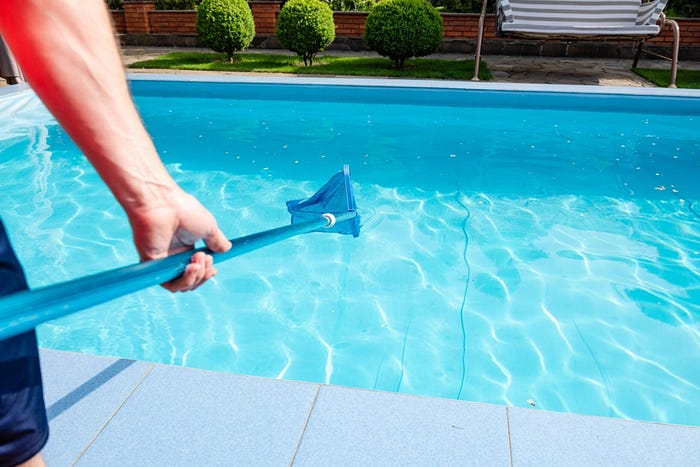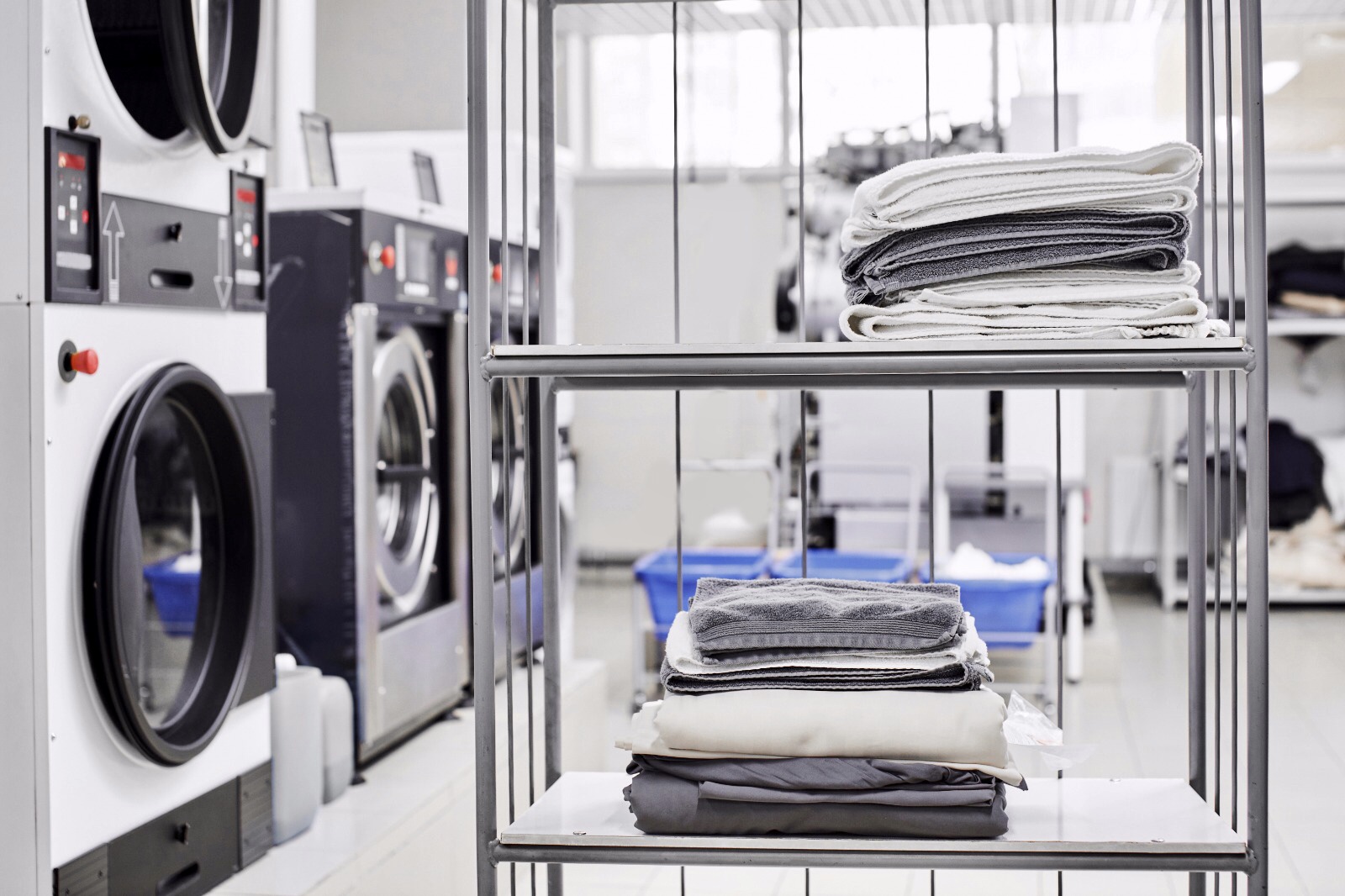What’s the best thing about a salt water pool?
If you ask homeowners who have them, they’ll probably say they like that they don’t have to buy chlorine anymore. That’s because salt water pools create their own chlorine through a process known as electrolysis.
Other benefits include no smelly chloramines, softer water, and less maintenance. Now, take note. Salt water pools aren’t zero maintenance.

You should still know how to maintain a salt water pool to keep it in tip-top shape. That being said, let’s talk about some care and maintenance tips so you can enjoy your salt water pool for a long time.
How to Maintain a Salt Water Pool: 3 Things to Remember
Compared to a traditional pool, a salt water pool is easier to maintain. That doesn’t mean though that salt water pool care and maintenance is a once-a-year kind of thing.

There are daily, weekly, and monthly tasks you have to perform. These include:
1. Daily Tasks
You should make it a habit to clean your pool and filters regularly, as this can help you save time and money.
For your salt water pool, make sure you don’t forget to clean the skimmer and empty the pump basket. If you see any visible debris, remember to skim them. Try to be as diligent as you can with these daily tasks to make your weekly and monthly tasks a lot easier.
2. Weekly Tasks
Every week, you should test your salt water pool’s pH and free chlorine. There are test strips or test kits you can buy for this.
Normal free chlorine level is 1 to 3 ppm, while pH should be at 7.2 to 7.6. Adjust your generator if your chlorine level is off. As for your pool’s pH level, you can either use baking soda to raise it or sodium carbonate or muriatic acid to lower it.

3. Monthly Tasks
There are 4 things you need to check every month: salinity, alkalinity, stabilizer, and calcium.
Your pool’s salinity should be between 2700 and 6000 ppm. Check your owner’s manual to be sure as there may be slight differences depending on your pool model. You can use a salt meter for this if your generator doesn’t come with one.
As for alkalinity, proper levels are between 80 and 120 ppm. Again, you can use baking soda to raise it or muriatic acid to lower it.
Cyanuric acid or CYA is the preferred stabilizer for salt water pools, and it should be at 70 to 80 ppm. Last but not least is calcium hardness. You should aim for 200 to 400 ppm of calcium to prevent scaling and corrosion.
Other Things to Keep in Mind When Cleaning a Salt Water Pool
Every 3 months, make sure you open and inspect your salt water cell. You’ll want to check for scale build up, as well as deposits.
If it’s clear of any debris, you can reinstall it, but if there are deposits, you can use a high-pressure hose to flush them off. Now, if doing this doesn’t get rid of the deposits, you can use a mild acid wash.






